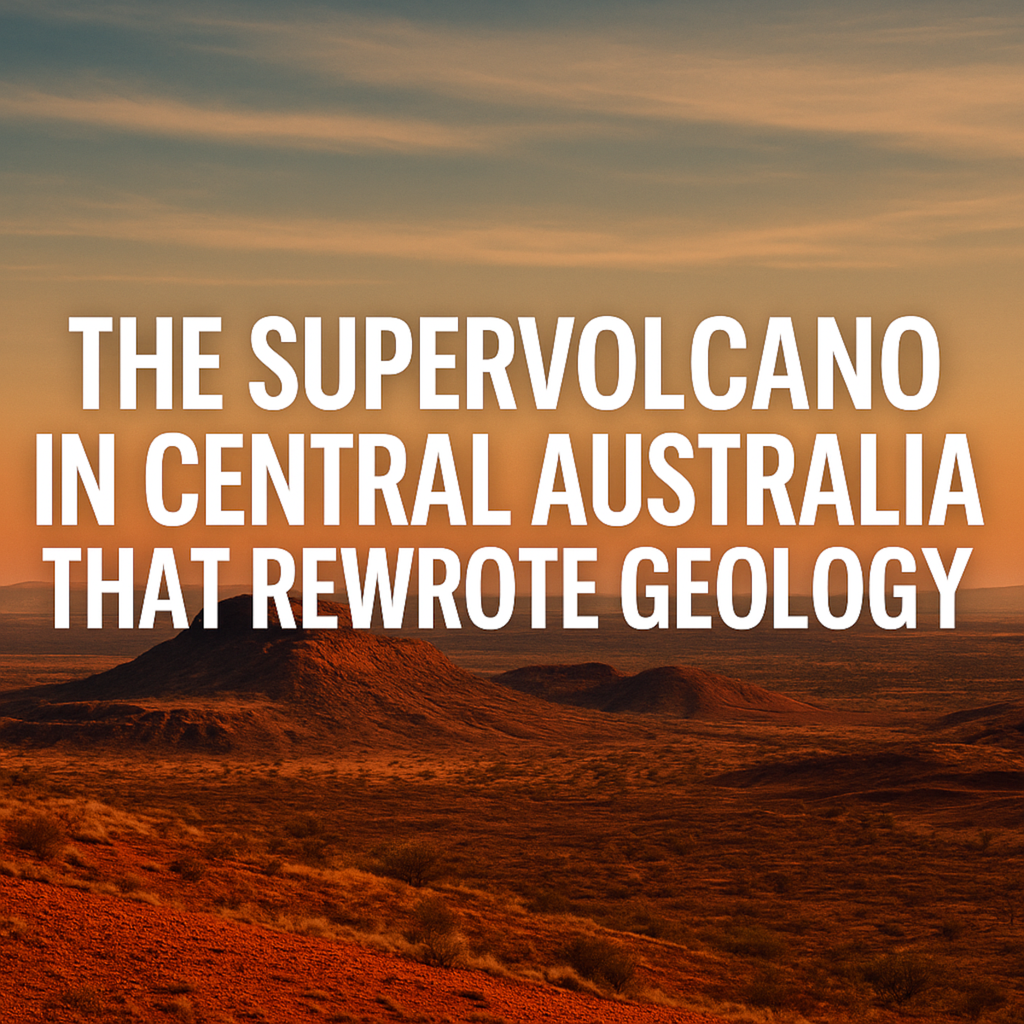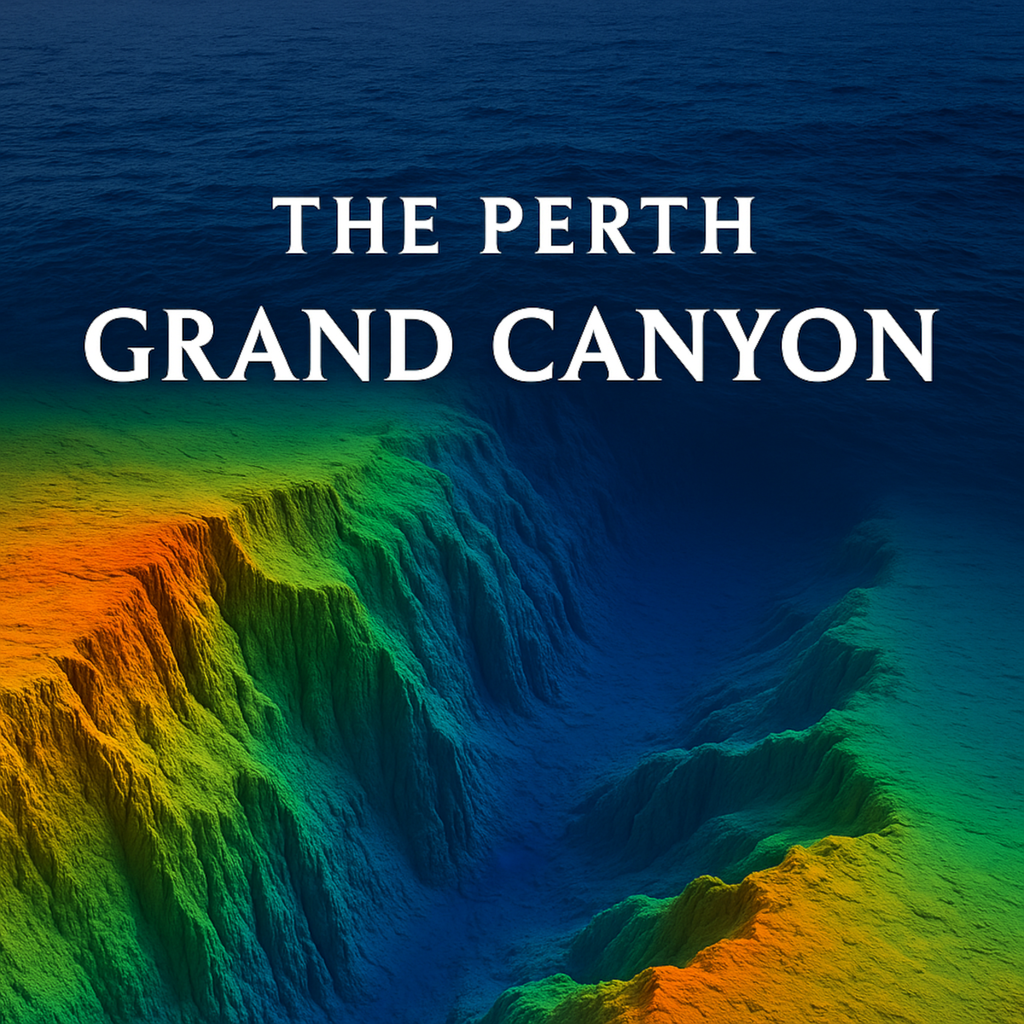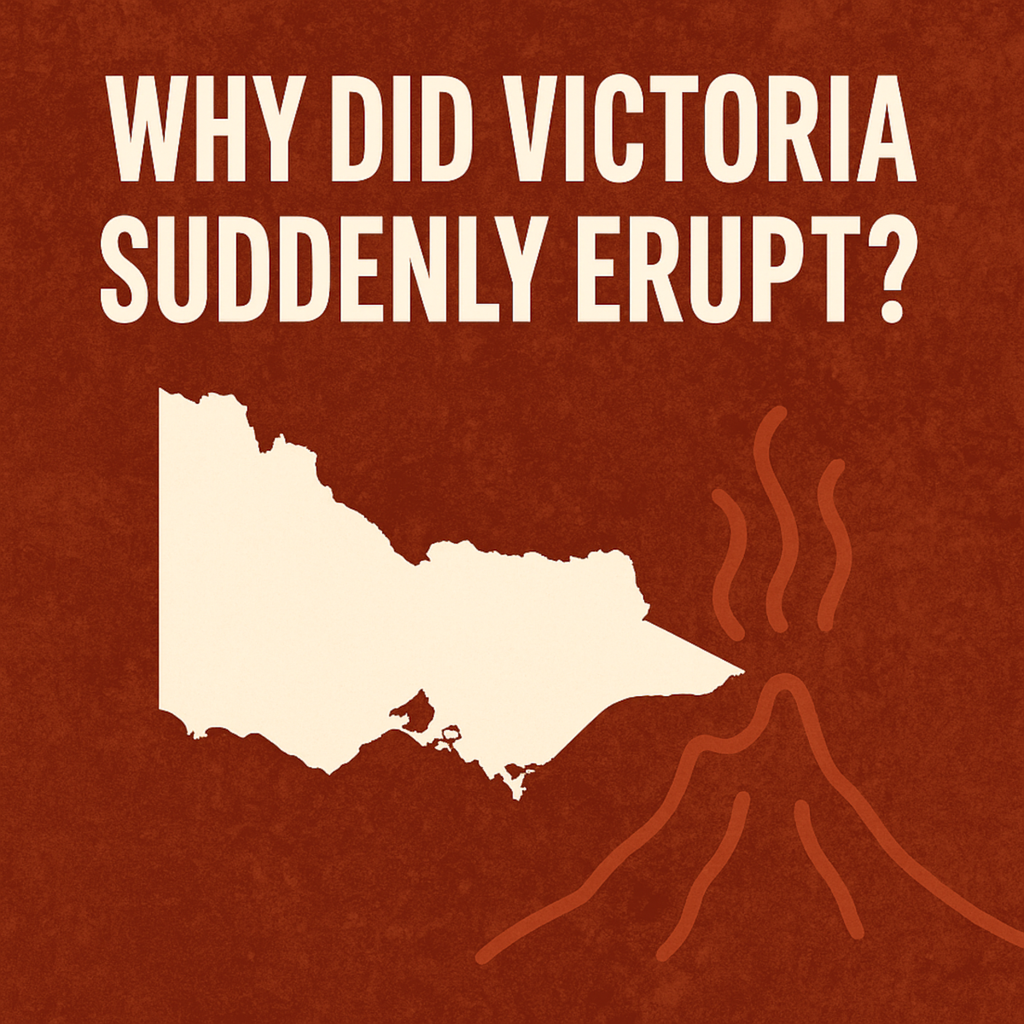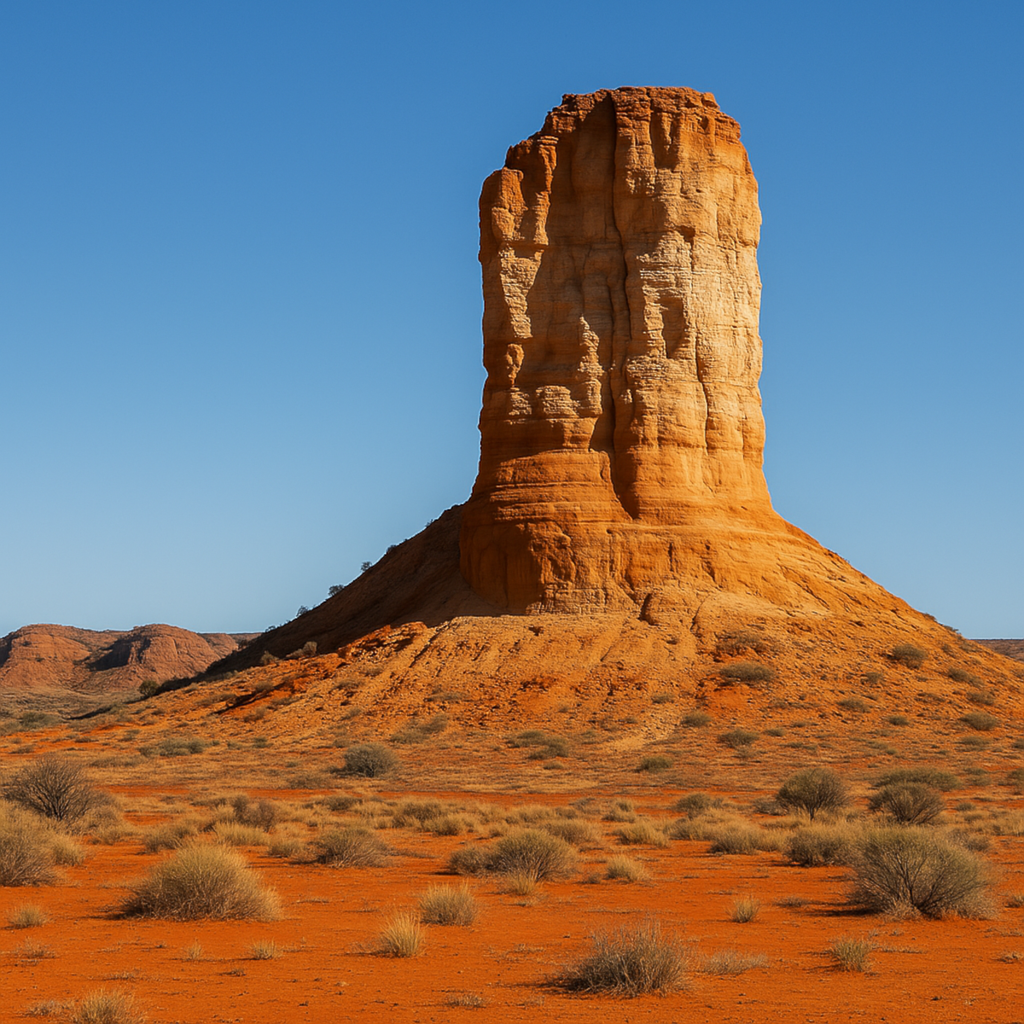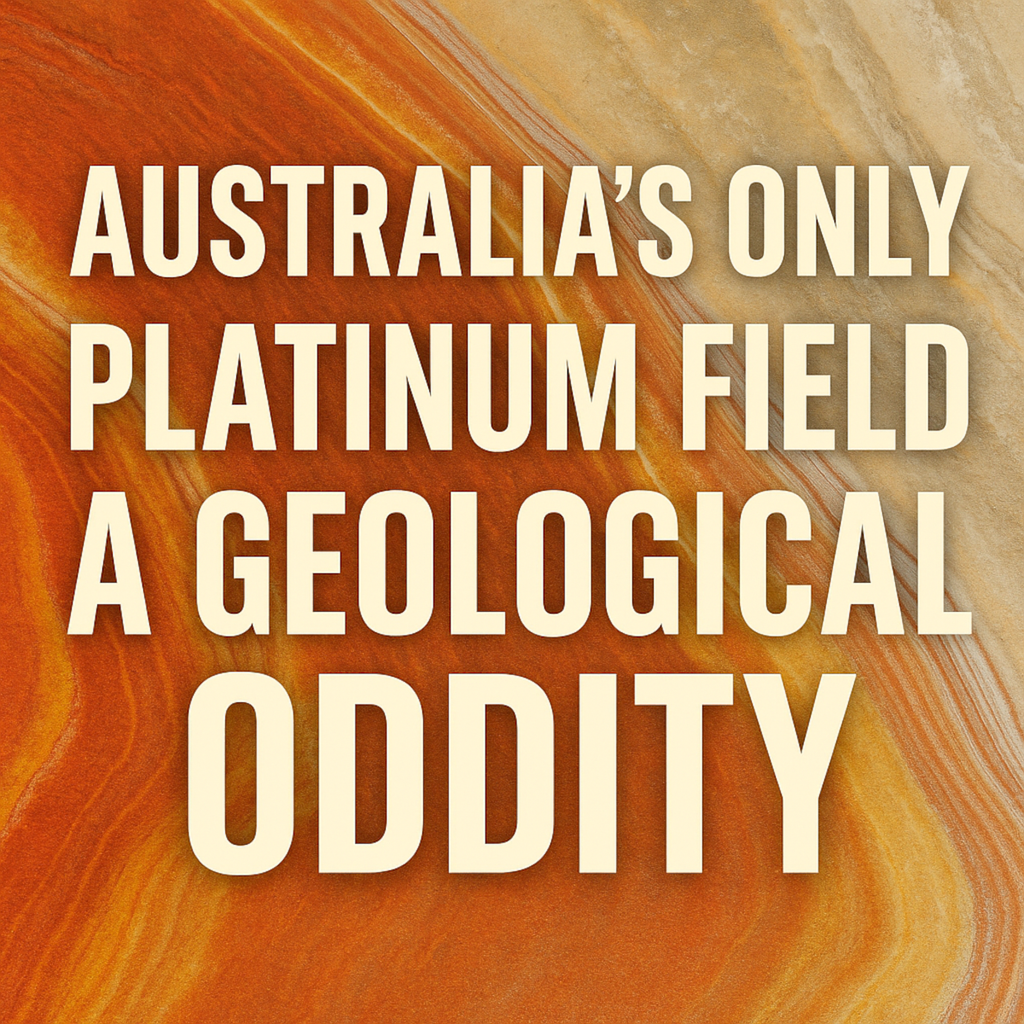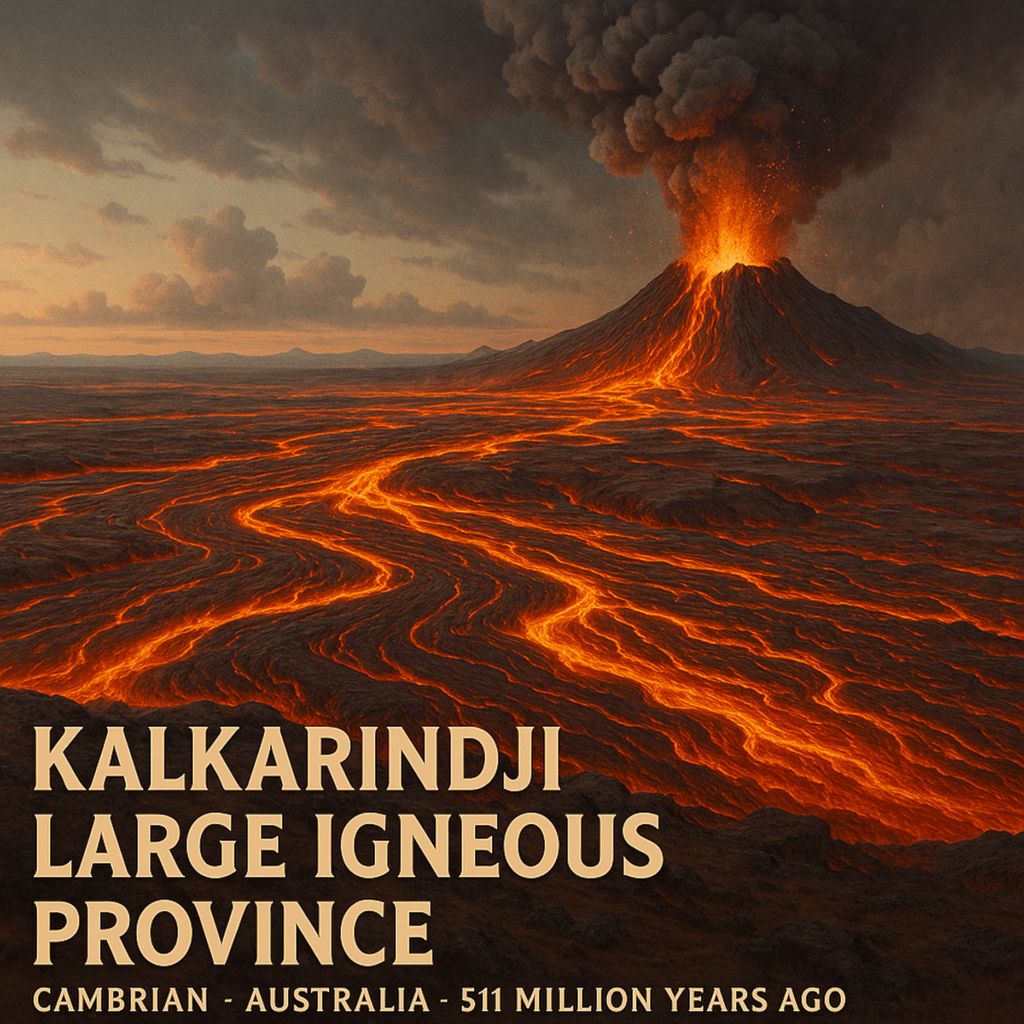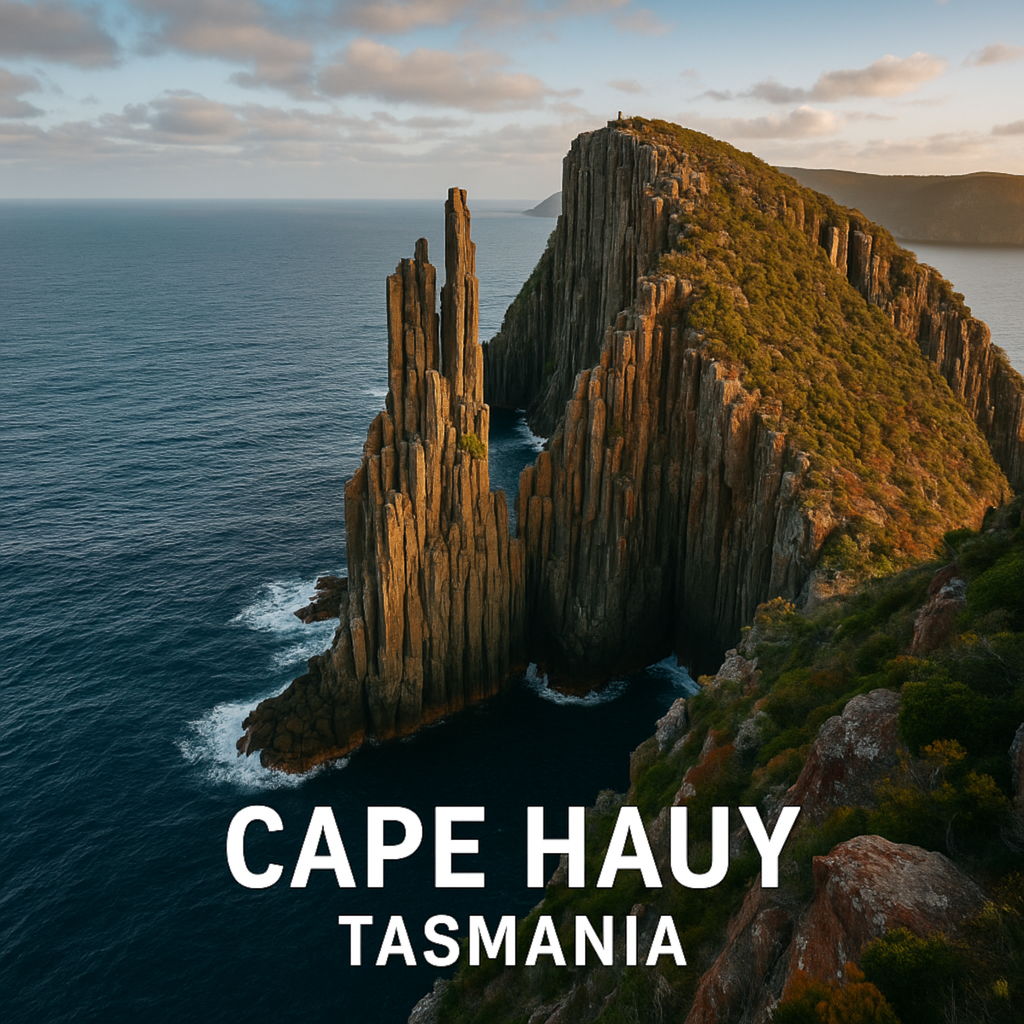The Supervolcano in Central Australia That Rewrote Geology
Deep beneath the deserts of central Australia lies a billion-year-old supervolcano that changed everything we know about how Earth works. The Talbot Sub-basin in the Musgrave Province produced colossal eruptions that rivaled Yellowstone and Toba — but unlike them, it wasn’t powered by a deep mantle plume. This was a supervolcano born from crustal heat, rewriting the rules of geology and proving that continents themselves can generate planet-shaping eruptions.

